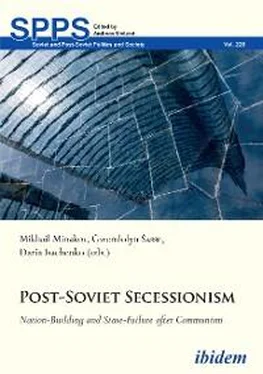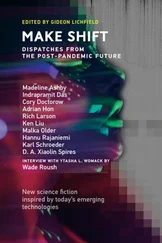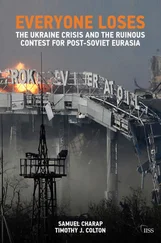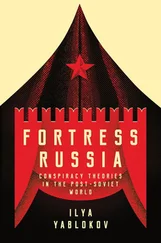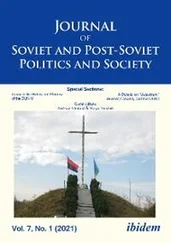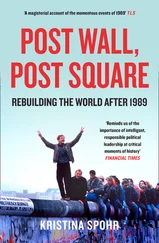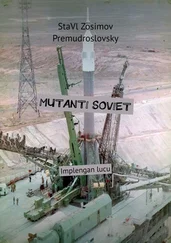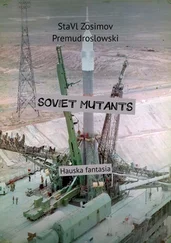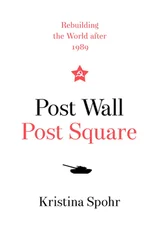ibidem-Press, Stuttgart
Contents
Post-Soviet Secessionism Introductory Remarks
Abkhazia, Transnistria and North Cyprus Recognition and Non-Recognition in Ceasefire and Trade Agreements
The World-System and Post-Soviet De Facto States
Small State or Big Bargainer? Azerbaijan’s and Georgia’s Agency in Russia’s and Turkey’s Near Abroad
War and State-Making in Ukraine Forging a Civic Identity from Below?
Internal Legitimacy and Governance in the Absence of Recognition The Cases of the Donetsk and Luhansk “People’s Republics”
Post-Soviet Separatism in Historical Perspective
Our Authors
Post-Soviet Secessionism
Introductory Remarks
Mikhail Minakov, Gwendolyn Sasse and Daria Isachenko
In spite of development of international and global institutions, the modern state remains a powerful construct as the legitimate means of political organization and the exclusive location of political authority. Contemporary states went through a long process of institutionalization marked by the milestones like the Westphalian peace, age of the world imperial system, The Montevideo Convention on the Rights and Duties of States, decolonization, Helsinki treaty, and globalization. Despite this long history, the modern state system does not fully deliver on its promise of order and security, and often leads to contestation of territorial integrity and alternative claims to sovereignty. Such claims occur within existing recognized states from groups which feel themselves excluded and prefer to aspire to their own statehood and international status. By implication, competing claims to statehood can turn into seemingly ‘frozen conflicts’, as local authorities embark upon their state-building projects in the absence of international recognition, while still participating in peace talks.
Contemporary Europe has evolved into a complex and contradictory set of states within an international order at risk. In the last three decades, the political geography of the European continent has been shaped by two simultaneous, yet contradictory processes. On the one hand, West European countries have undergone a deep, peaceful and comprehensive integration, which has resulted in the creation of a political centre in the form of the European Union (EU) and a more balanced redistribution of power between the Union and national and local governments. (As Brexit, Scotland’s referendum attempts, and Catalonian separatism show, EU did not solve all center-periphery issues, however it created legal and political frameworks for peaceful resolution of any secession attempt). On the other hand, Eastern European countries have witnessed the disintegration of complex state and regional unions, such as Yugoslavia, Czechoslovakia and the USSR. In the former Eastern Bloc, the collapse of the old political institutions has stimulated an upsurge of nationalism and conservatism, resulting in the creation of newly independent, recognised states. Moreover, it has ignited irredentist and secessionist movements, which in some cases have led to the creation of de facto states.
The USSR is a good case in point here. Its dissolution resulted in the creation of fifteen new recognised states and four non-recognized statelets (Nagorno-Karabakh, South Ossetia, Abkhazia and Transnistria). These polities comprise a stable network with state-like elements that have been contesting the territorial integrity of the parental states (Azerbaijan, Georgia, and Moldova) since the early 1990ies. Each of these state-like entities has its peculiar forms of legitimacy and political economy and demonstrates systemic dependence on their sponsor states (Russia and Armenia).
Even though the post-Soviet state-like entities were long regarded as a security threat limited to Caucasus and Eastern Europe, they have developed into a source of secessionist practices and ideologies that have proliferated across parts of the continent, eventually becoming a factor of attraction for secessionist movements in Ukraine and other European countries. For example, before 2008, the population of Nagorni Karabakh, South Ossetia, Abkhazia and Transnistria was approximately one million while their governments were under international sanctions and were not recognised by other states. After the Russian-Georgian War in 2008, South Ossetia and Abkhazia enlarged their territories while obtaining partial recognition from states such as Russia, Nicaragua and Syria. In 2014, the outburst of Russian-backed secessionist movements in Donbas led to the creation of two more parastates, the Donetsk People Republic (DNR) and Luhansk People Republic (LNR), whose leadership used the state- and nation-building experience of the ‘older’ de facto states to institutionalise their own secessionist endeavours. As of today, this growing network of de facto states counts a population of over 4 million people. Furthermore, horizontal ties between the six de facto post-Soviet nations are growing at the level of government, trade unions and local communities while Western European secessionist movements and their activists are ardently involved in the political and military processes in Donbas.
How can we explain the evolution of post-Soviet secessionism from a phenomenon of regional importance to one that may have a bigger impact on EU member-states and their stability?
So far, studies of post-Soviet and post-communist secessionism have adopted either a macro- or micro-political approach. A group of scholars considered post-Soviet secessionism to be a part of the bigger process of transition from the Soviet Union to post-Soviet states, suggesting that smaller ethnic groups managed to secede from their mother states by using the contradictions between bigger national players. Moving from a traditional nation-state perspective, V. Tishkov (1997), N. Bougai (1996), R. Sunny and T. Martin (2001), and R. Brubaker (2011) posited that contemporary interethnic conflicts and secessionism in the region have their roots in Soviet nationality policies. However, others, such as T. De Waal (2003), D. Aphraidze & D. Siroky (2011), C. Ciobanu (2008), Ch. Zürcher (2007) and J. Hughes and G. Sasse (2011), paid more attention to the mistakes made by the elites of the new independent states, which led to interethnic clashes, secessions and frozen conflicts.
Another group of scholars focused on the internal dynamics among the populations living in the de facto states, seeking to understand how individuals, communities and economies manage to survive under the combined pressure of external sanctions and internal autocratic or warlordist regimes. V. Kolossov & J. O'Loughlin (2011), P. Kolstø (2006) and S. Fischer (2016) suggest that after almost thirty years of existence, the Eastern European de facto states evolved into a specific political reality that has its own shared political culture, model of development and peculiar role in the pan-European political environment.
There is also a tendency in secessionism studies to endorse a narrative that characterises post-Soviet secessionism as a uniquely Eastern European phenomenon. Similarly, scholars of Western European secessionist movements, such as L. Hooghe (1995), A. Bourne (2014), D. Muro and M. Vlaskamp (2016) underestimate the growing linkages between Eastern and Western European separatists.
To address this issue and to draw attention to different dimensions of secessionism in Eastern European—as well as larger Europe’s—contexts, the Ideology and Politics Journal published a special multilingual issue in 2019 (Minakov, Sasse and Isachenko 2019). The issue focused on the analysis of the complex relationships between parental states and sponsor states with unrecognized statelets in the East and West of Europe as well as the internal state-building challenges in the paternal states.
Читать дальше
